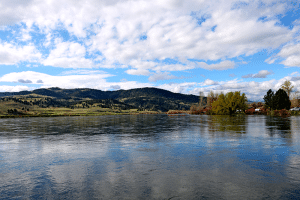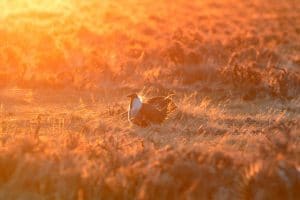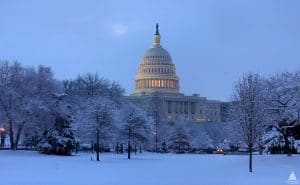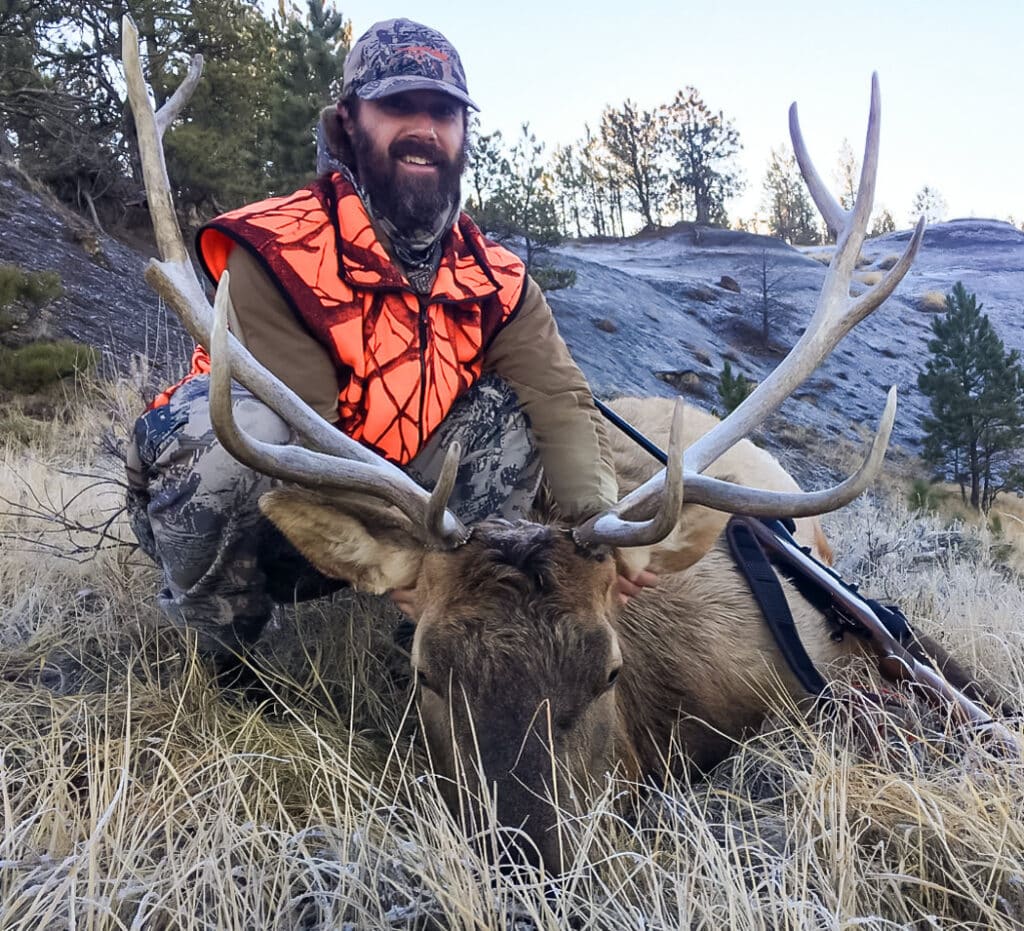Billings residents who don’t shovel the snow on their sidewalks face an initial penalty of $300, then up to $500 per day thereafter until the sidewalk is cleared.
In Helena, if a resident’s lawn sprinklers shoot water onto the street or sidewalk “to the annoyance of passersby,” they can face a fine of up to $500.
But if someone gates a county road that leads to public land – and keeps the public from enjoying thousands of acres of their land – they face a fine of $10 per day under state law.
It’s ridiculous. In fact, it’s so low that nobody can find any examples in which it’s ever been levied.
The result: there are examples around the state in which people have put a gate across a county road and had exclusive access to vast swaths of National Forest, Bureau of Land Management and other federal and state public lands.
That in effect turns our public lands into private playgrounds. It keeps Montanans from enjoying hunting, angling, hiking, backpacking, wildlife watching, and so many other outdoor activities. It makes the areas of public land that are accessible that much more crowded. And it impedes wildlife management for state biologists, who need to spread out hunters and help spread out the wildlife in a way to get the needed harvest, keep them from zeroing in on private lands and damaging crops and fences, and prevent concentrations of wildlife.
The Montana Wildlife Federation last Legislative session brought a bill to increase the fine for gating a county road to up to $500 per day, with no minimum fine. This session, we plan to bring the bill back.
This bill would increase public access to public land, respects private property rights, and gives county attorneys a powerful tool to resolve gated county roads right away. It’s just good public policy.
The stiffer fine would serve as a strong deterrent to prevent roads from being gated in the first place. It’s similar to the fines for not shoveling snow. The goal isn’t to fine people – it’s to have the sidewalk cleared. The road fine would be the same thing. Montana’s hunters, anglers and outdoor recreationists don’t have an issue with landowners, but rather with lawbreakers, and this bill would go a long way toward improving public access to public land.
It’s long overdue.
Nick Gevock is the conservation director for the Montana Wildlife Federation.







